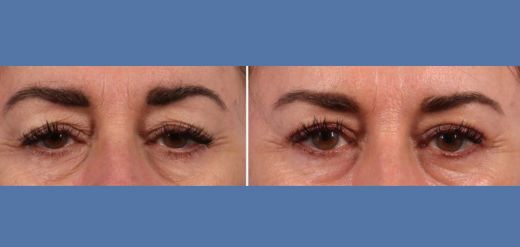After eyelid surgery, there are several things you should avoid ensuring proper healing and optimal results. Here are some of the most common post-operative instructions:
- Avoid applying makeup or creams to your surgical sites for at least 2 weeks after your surgery.
- Avoid alcohol for at least 3 weeks as it can cause fluid retention and interfere with the healing process.
- Avoid strenuous physical activity, including athletic activities, heavy lifting, and bending over for at least a week. These activities can increase blood pressure and potentially lead to bleeding at the surgical sites.
- Avoid rubbing or touching your eyes. Your eyes will be sensitive and possibly swollen after surgery.
- Avoid exposure to direct sunlight, and always wear sunglasses when outside to protect your eyes.
- Do not take any aspirin or anti-inflammatory compounds for 2 weeks before and 2 weeks after your surgery unless you first discuss it with your surgeon. These medications can increase the risk of bleeding.
- Avoid smoking, as it can slow down the healing process and increase the risk of complications.
Do not wear contact lenses, usually for about two weeks after surgery. Always follow your surgeon’s specific post-operative care instructions to ensure a smooth recovery.


